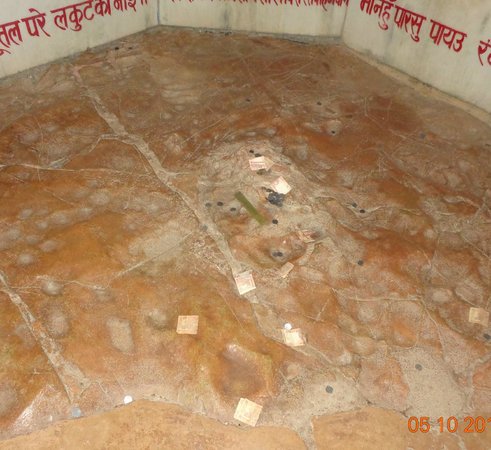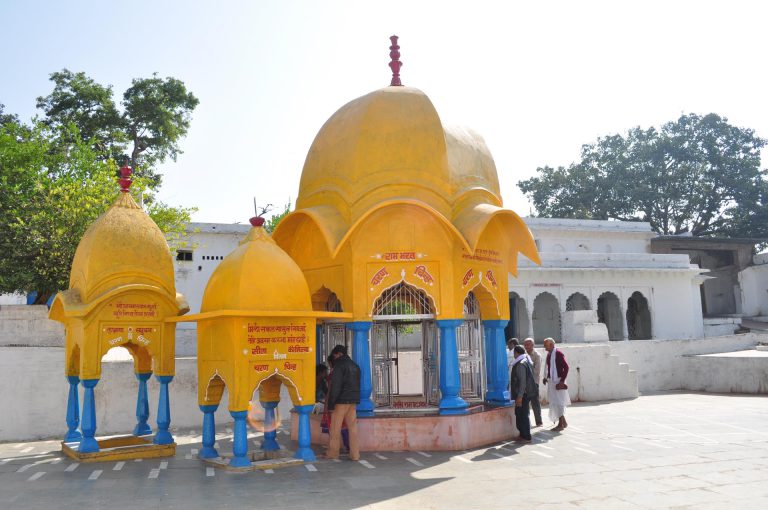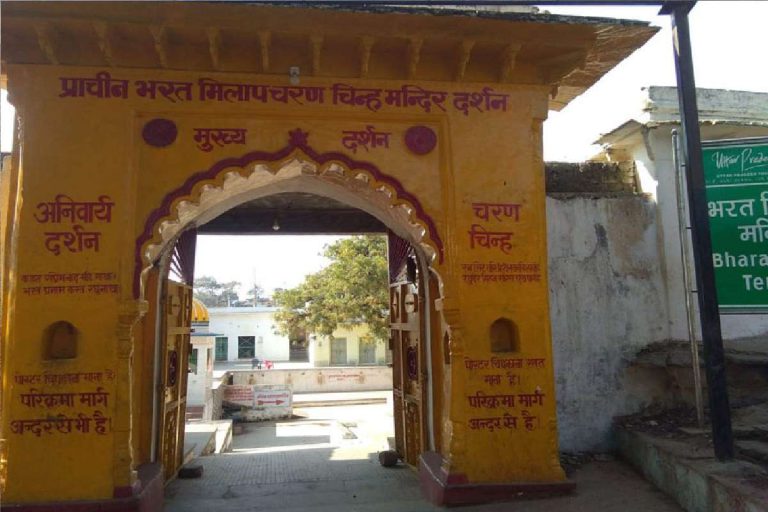
Our Packages
Don’t just dream about your next adventure—make it happen! Explore our packages and book now to start creating memories that will last a lifetime.

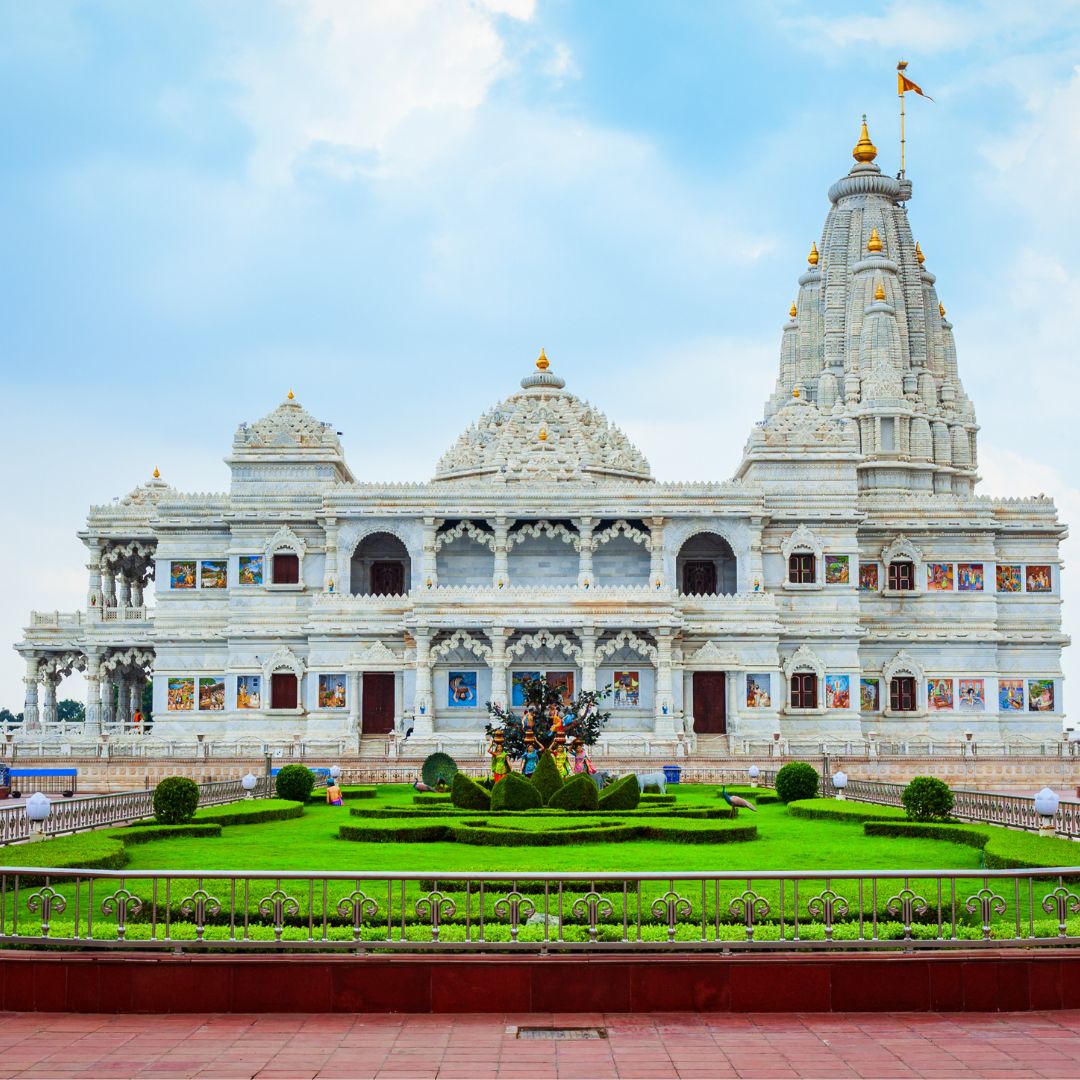
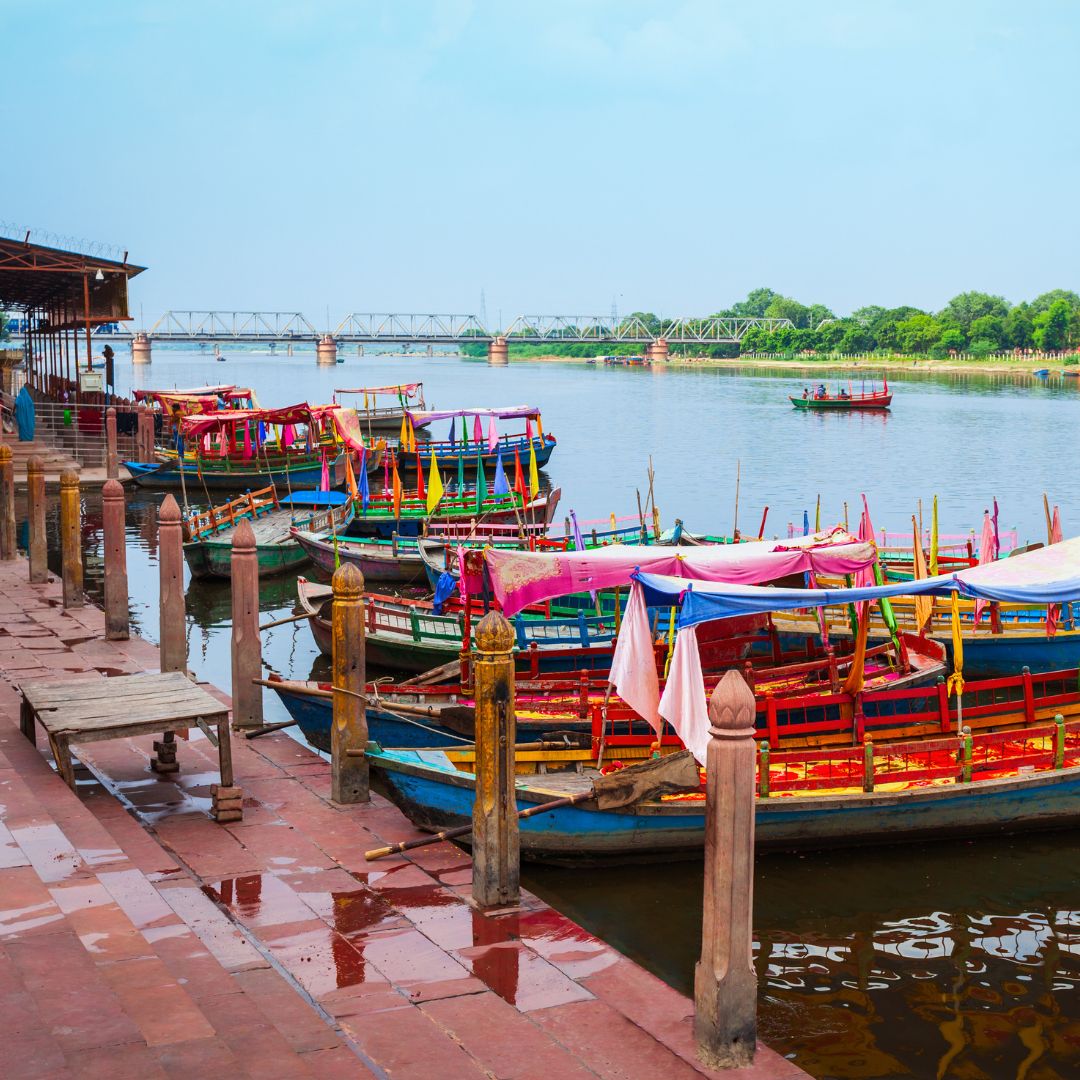
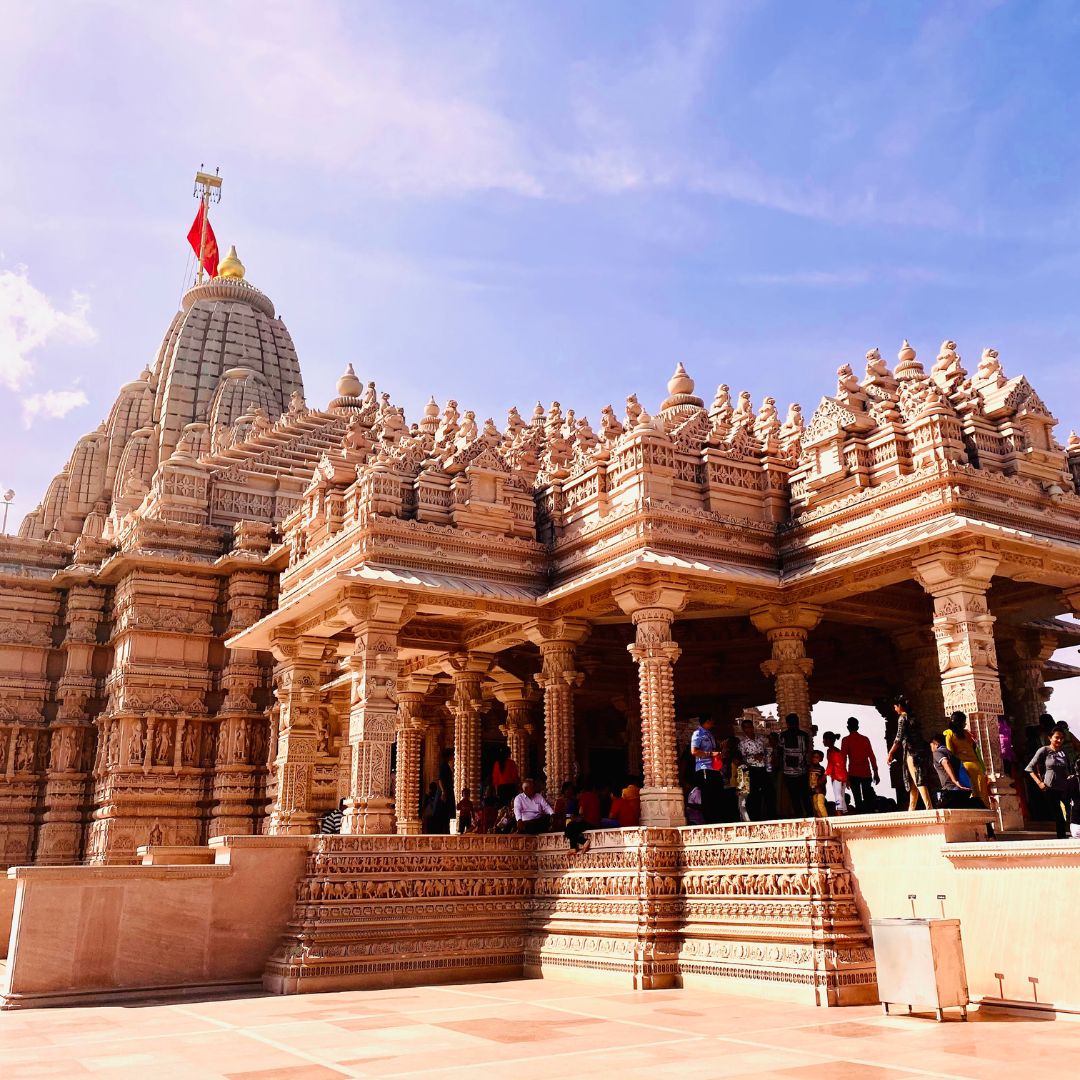
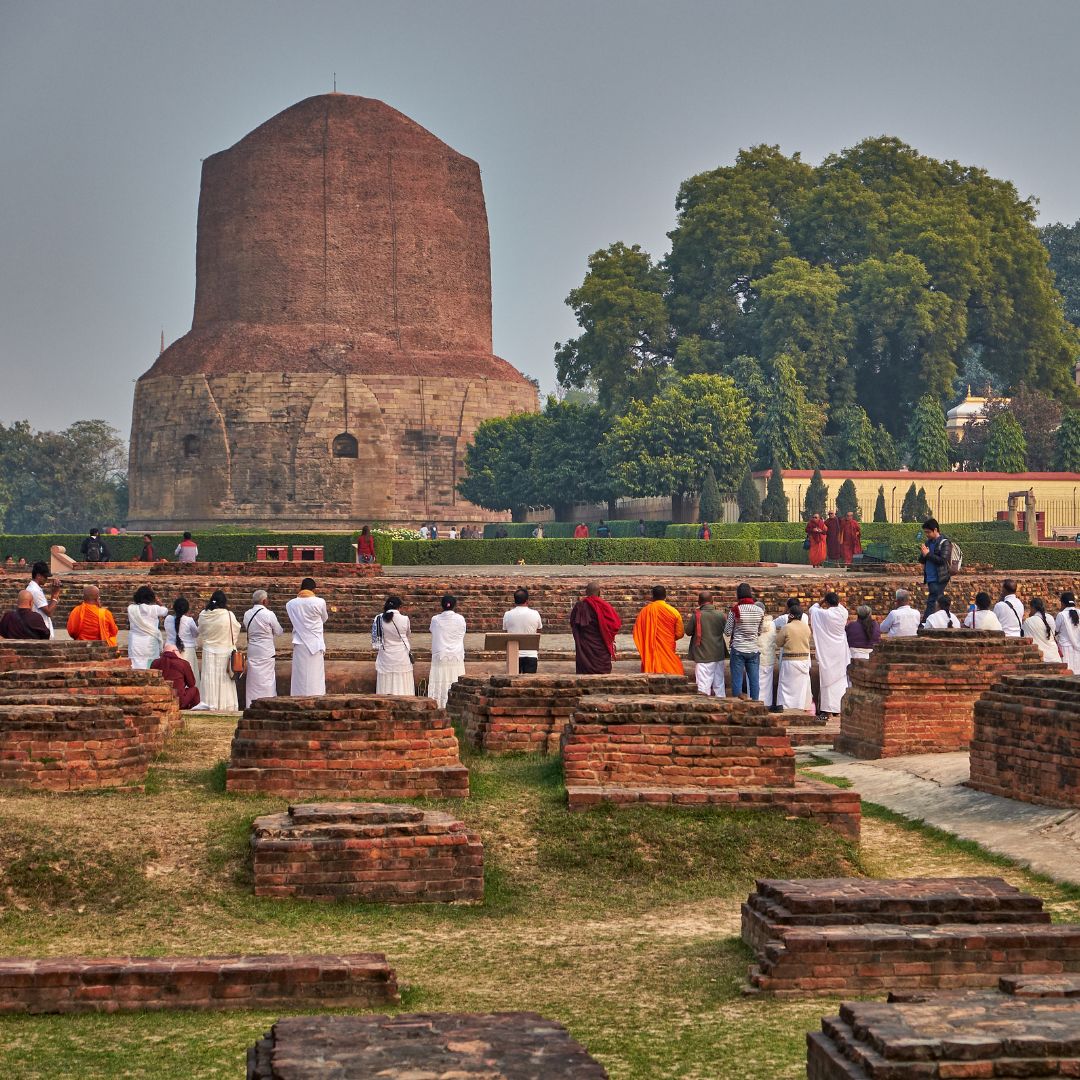
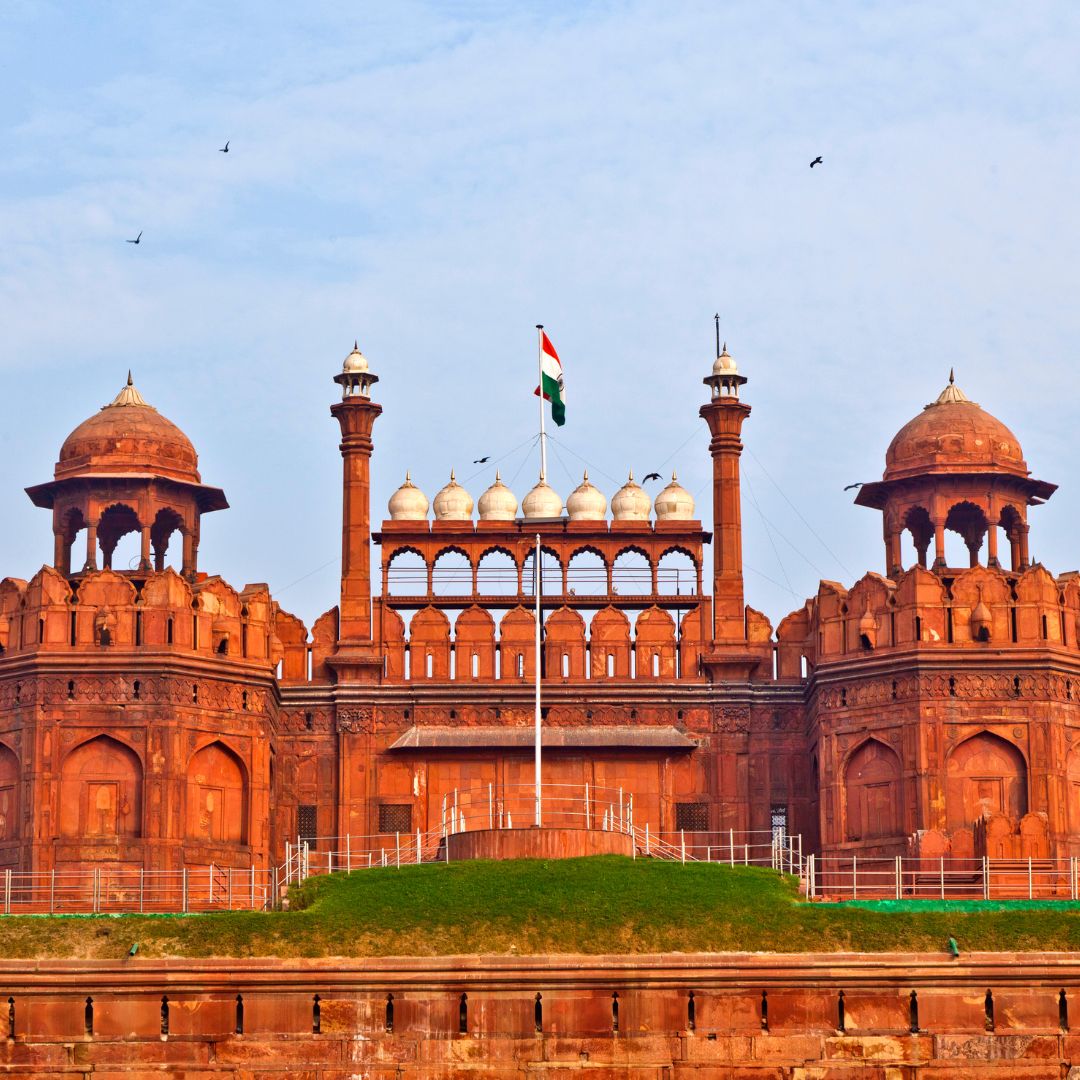
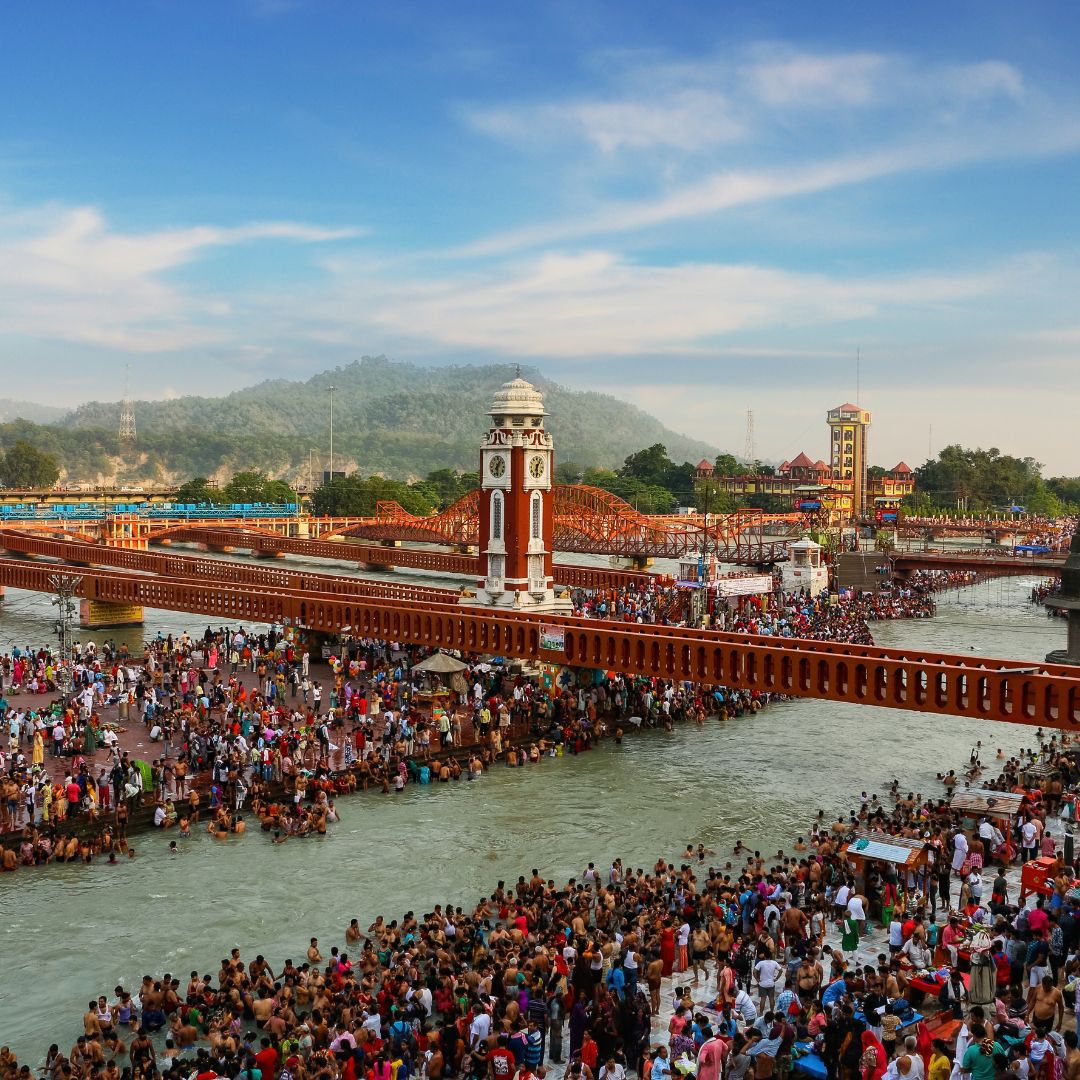
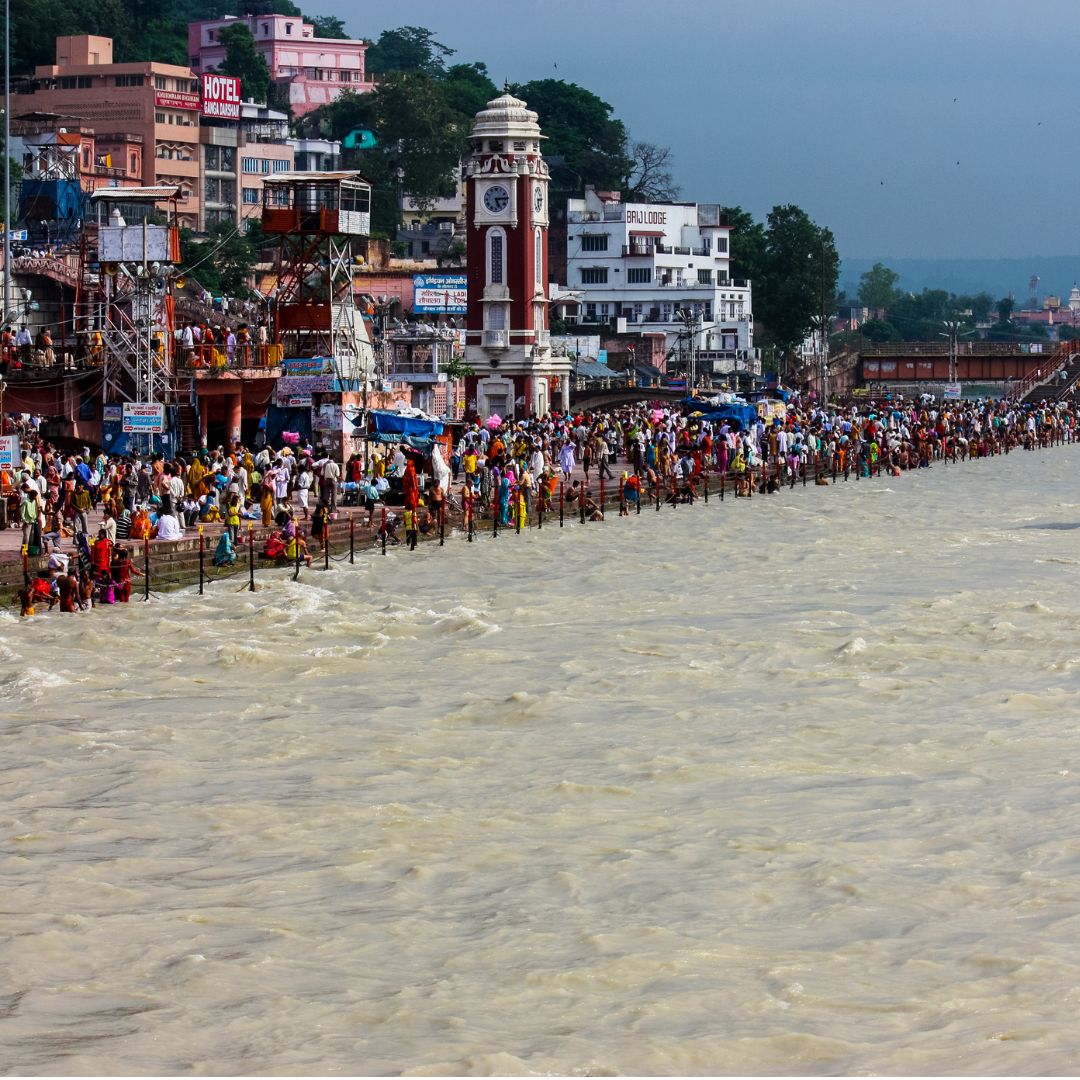
Chitrkoot
Chitrakoot
Chitrakoot, often spelt as “Chitrakut” , is a sacred and historically significant town in the northern Indian state of Uttar Pradesh. It holds a special place in Hindu mythology and religious tradition and is closely associated with Lord Rama. The religious significance is summarized by one very popular Chaupai
‘चित्रकूट के घाट पर, भई संतन कीभीर, तुलसीदास चंदन घिसे, तिलक करे रघुवीर’।
(On the banks of Chitrakoot there is a huge crowd of devotees, Tulsidas ji (the writer of Ram Charitra Manas) is grinding Chandan (holy paste) and the Lord Hanuman Ji (the biggest devotee of Lord Ram ) is anointing his forehead with the paste
Here are some key details about Chitrakoot:
Religious Significance: Chitrakoot is believed to be the place where Lord Rama, along with his wife Sita and brother Laxman, spent a significant portion of his 14-year exile. The town is dotted with several religious and historical sites associated with the Ramayana, making it a major pilgrimage destination for Hindus.
Ramayana Associations: Chitrakoot is known for its connections to various events from the Ramayana. Notable sites in Chitrakoot include Ram Ghat (where Lord Rama is believed to have taken a sacred bath), Kamadgiri (a sacred hill), and Gupt Godavari (a series of caves with an underground river).
Natural Beauty: Chitrakoot is renowned for its natural beauty, with lush forests, serene rivers, and picturesque landscapes. It is often referred to as “the Hill of Many Wonders” due to its scenic charm and spiritual significance.
Religious Pilgrimage: Devotees from across India and the world visit Chitrakoot to pay their respects at the various temples and religious sites. Chitrakoot has a tranquil and spiritual atmosphere that is conducive to meditation and devotion.
Historical Heritage: Apart from its religious importance, Chitrakoot is home to various historical and cultural landmarks. It is a place where ancient traditions and rituals are preserved and celebrated.
Festivals: Chitrakoot is a place of vibrant celebrations during religious festivals, with Diwali being one of the most significant. The town comes alive with lights and devotional fervour during this time.
Cultural Influence: Chitrakoot has played a significant role in the development of Indian art, culture, and literature. It has inspired numerous poets, writers, and artists throughout history.
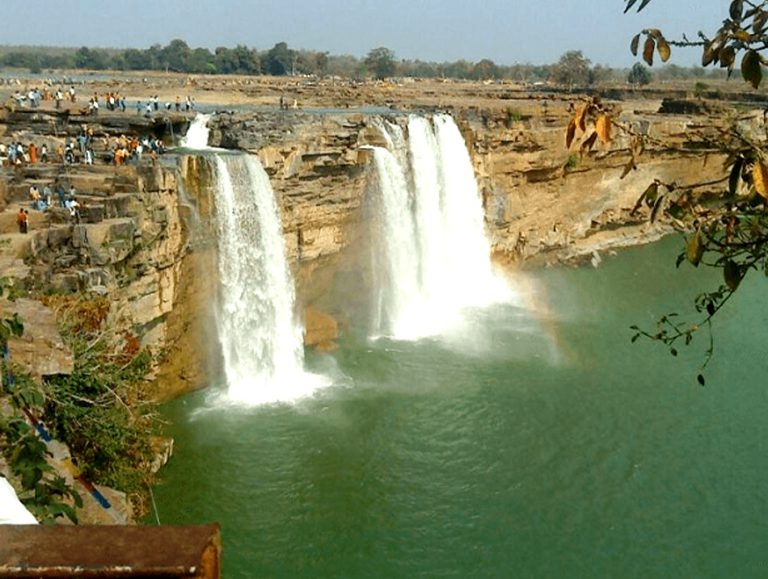
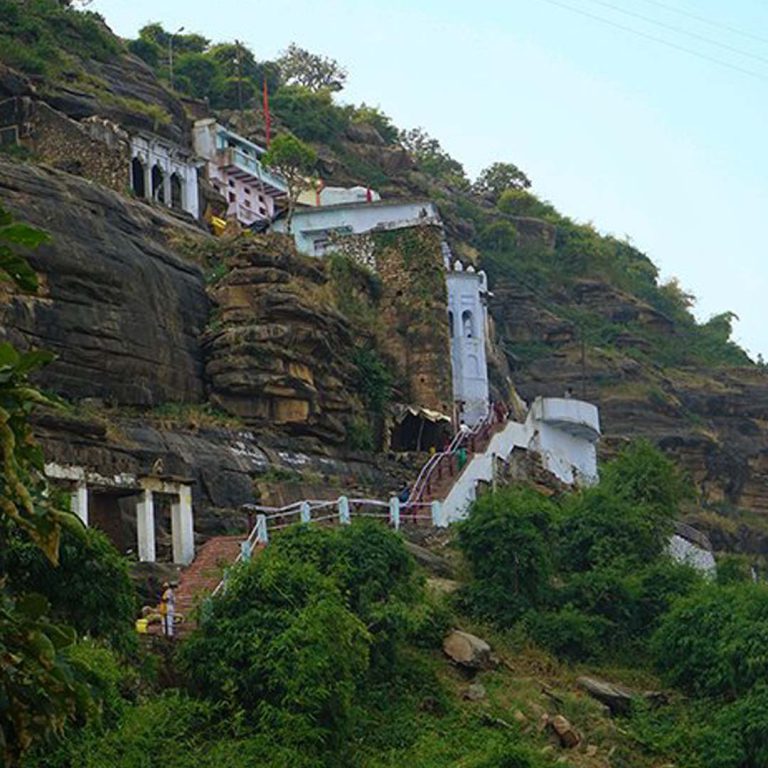
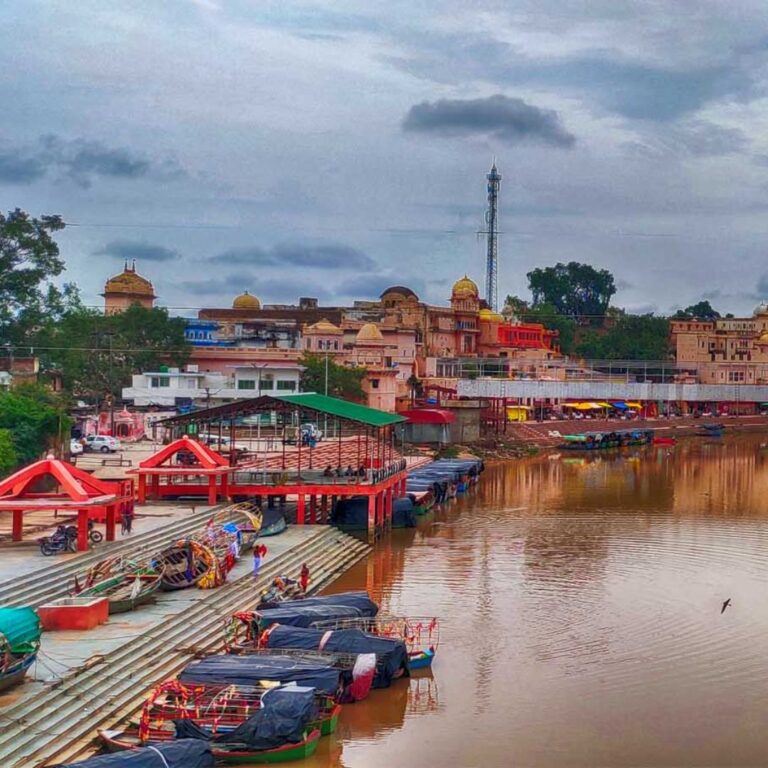
Ram Ghat
Ram Ghat in Chitrakoot is a significant pilgrimage site for Hindus and holds great historical and religious importance. According to Hindu legend and tradition, it is believed that Lord Rama, along with his brother Laxman and wife Sita, took a sacred bath in the River Mandakini at this very ghat. The River Mandakini is considered holy, and this event is an essential part of the epic Ramayana.
Key points about Ram Ghat in Chitrakoot:
Bathing Site of Lord Rama: The ghat is associated with the sacred bath that Lord Rama, an avatar of Lord Vishnu, took in the River Mandakini during his exile. This event is commemorated and celebrated by Hindu devotees who visit the ghat.
Religious Significance: Due to its association with Lord Rama, Ram Ghat is considered a highly religious and auspicious site. It attracts a significant number of Hindu devotees who come to take a dip in the holy river and seek blessings.
Location: Ram Ghat is situated on the banks of the River Mandakini in Chitrakoot. The natural beauty and serene surroundings make it a peaceful and spiritual place for devotees to meditate, offer prayers, and connect with their faith.
Religious Gatherings: The ghat often remains crowded with Hindu devotees, particularly during religious festivals and special occasions. Pilgrims visit to perform rituals, offer pujas, and immerse themselves in the religious atmosphere.
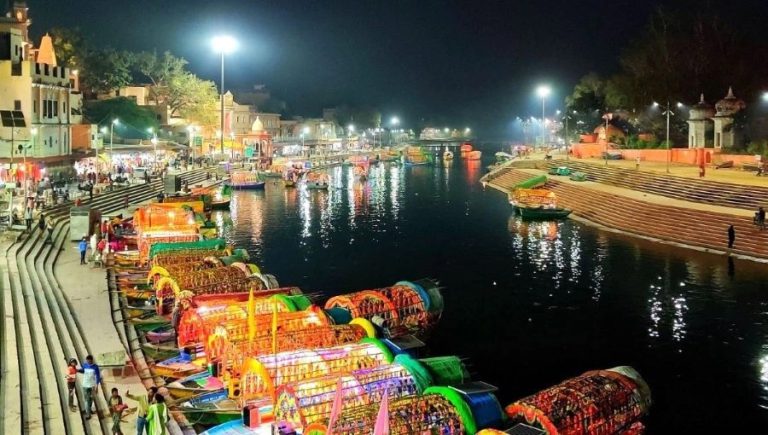
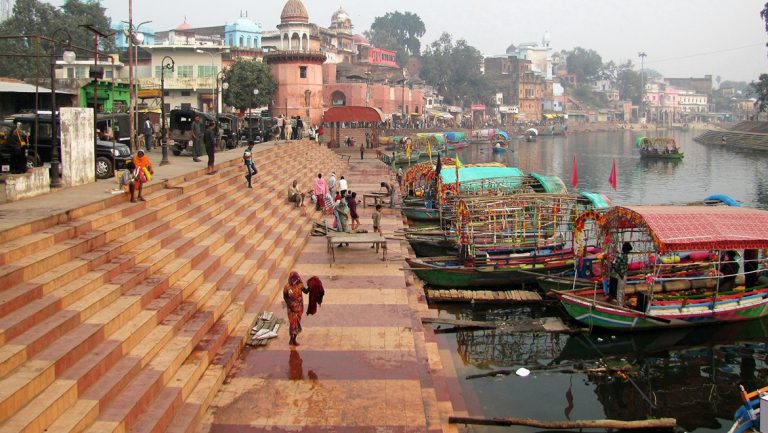
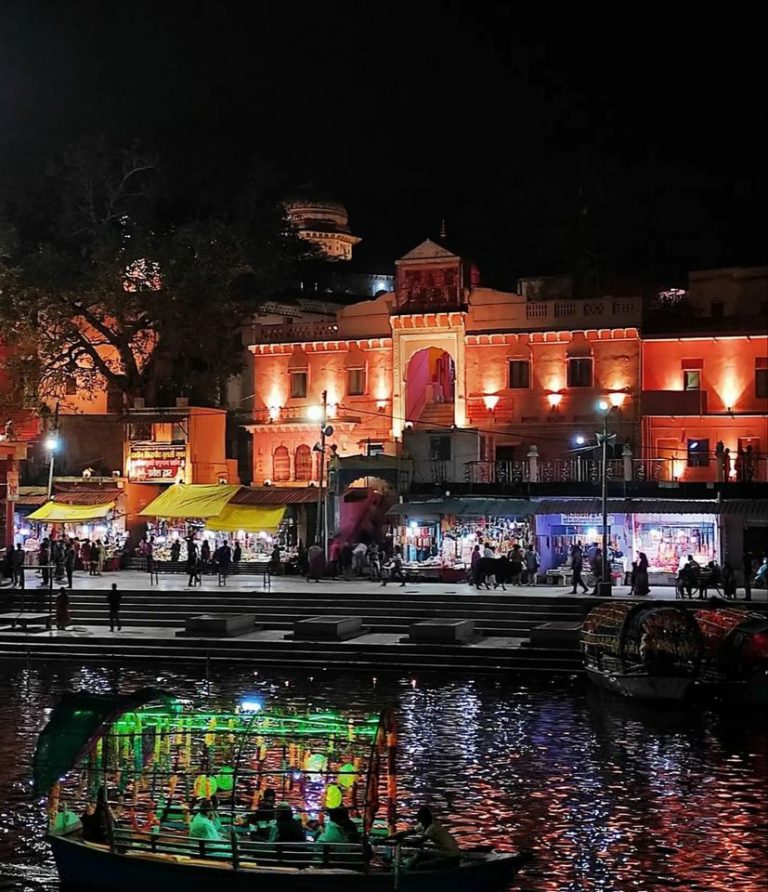
Gupta Godavari
Gupta Godavari is a notable and spiritually significant site in Chitrakoot, Uttar Pradesh, India. It consists of a chain of caves with water inside, and it holds a special place in Hindu mythology and religious tradition.
Here are some key details about Gupta Godavari:
Religious Significance: Gupta Godavari is a place of great religious importance in Chitrakoot. It is believed to have served as the location for the court sessions of Lord Rama and his brother Laxman during their exile. The caves are associated with the life and legends of Lord Rama
Mystery of Water: What makes Gupta Godavari intriguing is the presence of water in the caves, even though the source of this water has remained a mystery. The origin of the water and how it sustains itself within the caves is a topic of interest and speculation.
Carvings and Sculptures: At the entrance of the caves, you can find a significant and iconic sculpture featuring Brahma, Vishnu, and Mahesh—the Trimurti or Tridev in Hindu mythology. This carving represents the three major deities in Hinduism: Brahma, the creator; Vishnu, the preserver; and Shiva (Mahesh), the destroyer.
Pilgrimage Destination: Gupta Godavari is a pilgrimage site and is visited by devotees and tourists alike. It is considered a sacred place for meditation, reflection, and seeking blessings.
Historical and Mythological Heritage: Chitrakoot, in general, is steeped in history and mythology. It has a rich heritage of sites associated with the Ramayana and Lord Rama’s life and exile.
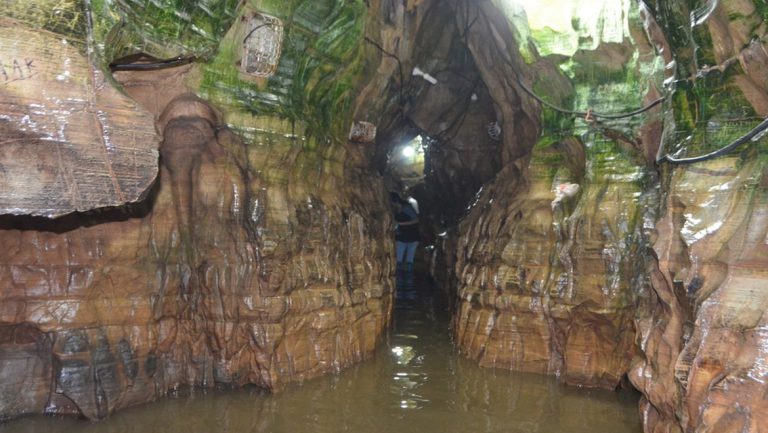
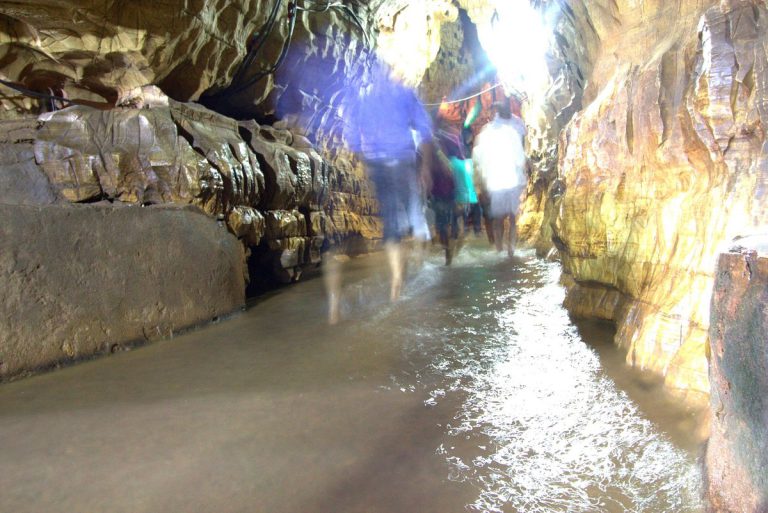
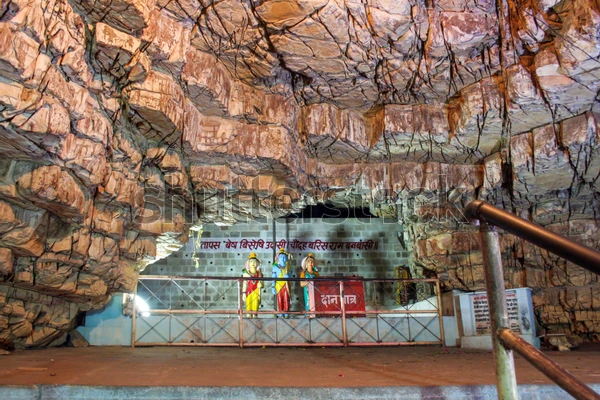
Kamadgiri Temple
The Kamadgiri Temple is a highly revered and important pilgrimage site in Chitrakoot, India. It holds a special place in Hindu tradition and is believed to be closely associated with Lord Rama, his brother Laxman, and his wife Sita during their exile. The name “Kamadgiri” is derived from the Sanskrit words “kama,” which means desires, and “giri,” which means hill. Hence, Kamadgiri is often translated as “the hill where all desires are fulfilled.” It is believed that visiting this temple and performing rituals here can fulfil one’s wishes.
Here are some key details about the Kamadgiri Temple
Historical and Religious Significance: The Kamadgiri Temple is considered a place where Lord Rama, Laxman, and Sita resided during their stay in the forest during the period of their exile, as described in the epic Ramayana. This adds immense historical and religious significance to the temple.
Pilgrimage Destination:Kamadgiri Temple is a place of great importance for Hindu pilgrims and devotees who visit Chitrakoot. It attracts a significant number of devotees who come to seek blessings, offer prayers, and experience the spiritual and cultural heritage associated with Lord Rama.
Hill Location: The temple is situated atop a hill in Chitrakoot, adding to its natural beauty and providing panoramic views of the surrounding area. The climb to the temple is a significant part of the pilgrimage experience.
Religious Practices: Devotees visiting the Kamadgiri Temple engage in religious practices, including circumambulating the hill as a form of devotion and prayer. This practice is believed to bring spiritual benefits and fulfilment of one’s wishes.
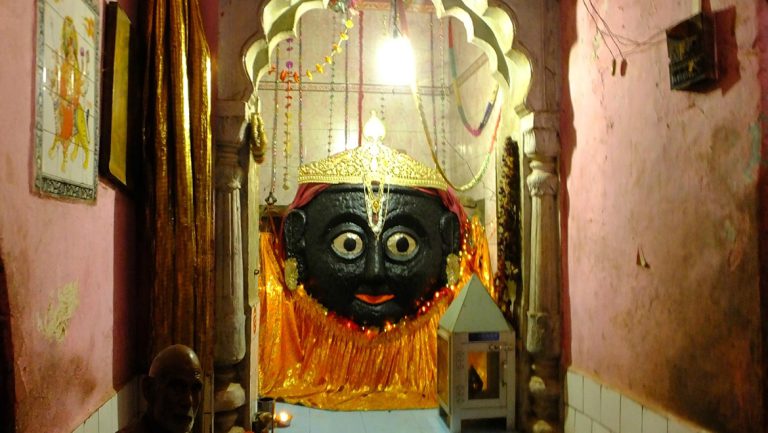
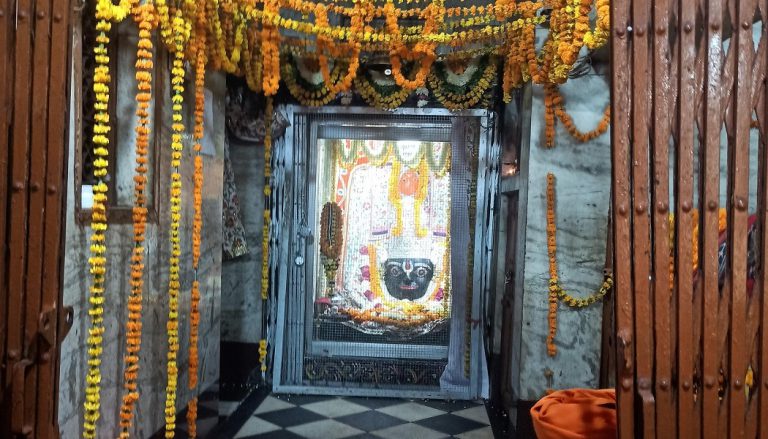
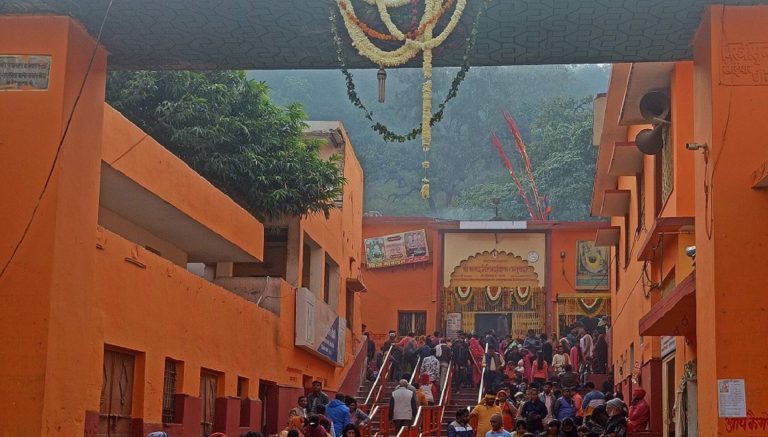
Bharat Milap Temple
The Bharat Milap Temple is a sacred site located in Chitrakoot, India, and it commemorates a significant event from the Indian epic, the Ramayana. The term “Bharat Milap” literally means the “reunion of Bharata.” This event marks the reunion of Lord Rama with his younger brother, Bharata, during Lord Rama’s exile in the forest.
Here are some key details about the Bharat Milap Temple and its historical significance:
Bharat Milap Event: The Bharat Milap event is a well-known episode from the Ramayana. It represents the reunion of Lord Rama with his beloved younger brother, Bharata, who had come to the forest to persuade Rama to return to Ayodhya and assume the throne. It is a heartwarming and emotional moment in the epic.
Historical and Religious Significance: The Bharat Milap event is celebrated as a symbol of brotherly love, sacrifice, and the fulfilment of familial duties. The event signifies the deep bond between Lord Rama and Bharata.
Temple Location: The Bharat Milap Temple is situated at the spot where this reunion is believed to have taken place. It is a place of great religious and cultural importance.
Pilgrimage Destination: Devotees and pilgrims visit the Bharat Milap Temple to pay their respects, offer prayers, and commemorate this significant event from the Ramayana. The temple serves as a place of devotion and reflection on the values of brotherhood and duty.
Cultural Relevance: The term “Bharat Milap” is often used in colloquial language to describe a joyous reunion between family members or loved ones, emphasizing the importance of familial bonds.
